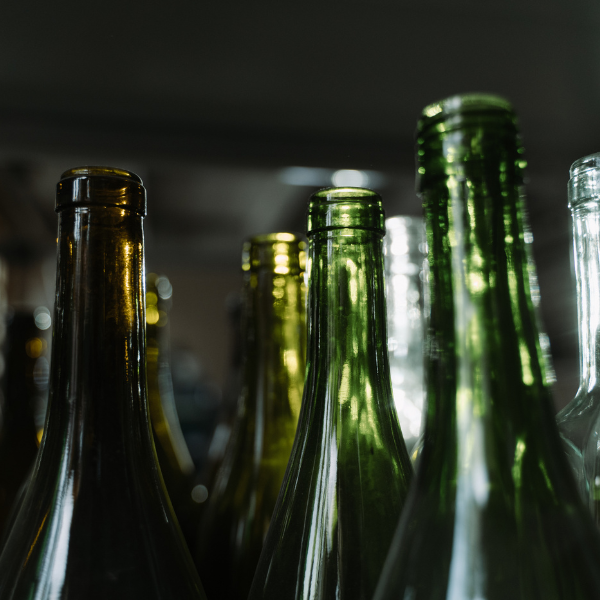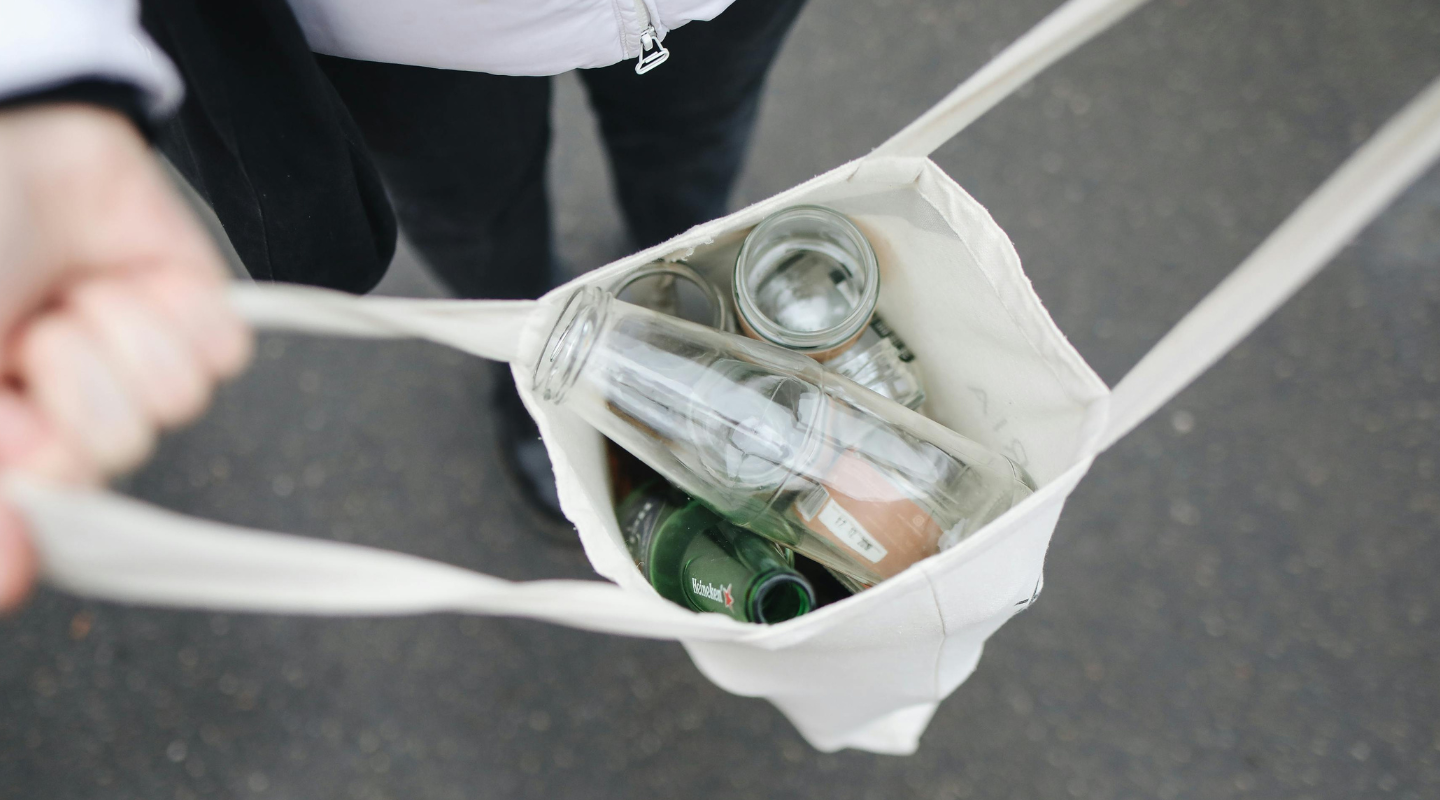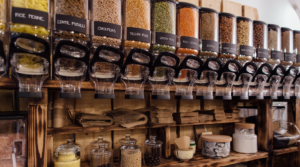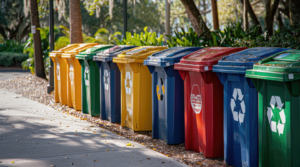At a time when environmental challenges are high on the global agenda, the concept of sustainability has never been more important.
According to the United Nations, sustainability can be defined as “meeting the needs of the present without compromising the ability of future generations to meet their own needs”. It’s essentially the capacity to endure, and it’s how biological systems remain diverse and productive indefinitely.
If we want to secure the future of our planet for future generations, we need to consider the impact of our behaviours. But leading a more sustainable lifestyle doesn’t have to be difficult. Small changes can make all the difference: for example, by choosing ethically-made products and packaging materials.
While the concept of sustainable packaging itself can be difficult to grasp, it’s important that you do some research and learn about the pros and cons of each material before making an informed and sustainable decision.
To help you in this search, we present some of the properties of glass and how you can integrate it into living a more sustainable lifestyle.

1. Glass is recyclable
One of the qualities of glass, compared to other materials, is that it can be endlessly recycled. This means that recycled content is always part of the recipe for new containers without losing quality in the process (see Stazione Sperimentale del Vetro’s report).
Today, glass is already widely recycled by people all over Europe, with an average collection rate of 80.1%, of which 92% is effectively recycled (according to the Close The Glass Loop latest figures).
And through this ongoing bottle-to-bottle system, it can take as little as a month for a bottle to be back on the shelves.
2. Glass is reusable
As glass is a permanent material, it can be reused without compromising its quality. Reusable systems, such as the ones that deliver milk bottles to your door, have been around for decades.
But there are also other sustainable ideas on how you can reuse your containers at home. Whether it’s for storing food, creating terrariums or turning jars into candle holders – the creative possibilities are endless!
Discover all the DIY ideas on our blog.
3. Glass is an inert material
Thanks to its chemical make-up, glass is considered as one of the most inert materials. It acts as a secure barrier against external influences and protects food and drinks from high temperatures and bacteria. Its chemical composition makes it safe to store food products (see Dieter Schrenk’s 2014 findings), keeping them safe for longer, even once opened.
4. Glass can help you avoid waste
Glass is not only an all-time favourite to preserve the taste of your food and drinks, but can also help you avoid food waste.
How? Its transparency lets you easily distinguish products and know “what is where” without having to remove the lid. This allows you to identify more quickly if food is getting spoiled and prevent it from going to waste.
In short, glass’ transparency doesn’t only contribute to a compelling design but can also be a powerful ally in reducing waste.
5. Glass can reflect and absorb solar energy
The absorption properties of glass allow it to convert sunlight into energy – and businesses and homes around the world are already generating energy through their windows and panels. If you’re trying to add a touch of green to your home, you should also know that glass is perfect for terrariums – it retains the heat inside and creates the ideal microclimate for your plants.
But depending on the type and colour, glass can also refract solar energy. The colour of the container determines what types of light can penetrate the surface – that’s why you so often see amber, green, and blue bottles. This makes it a suitable material for protecting sensitive products (like beer, oils, and pharmaceuticals) from degradation and chemical reactions caused by sunlight.
6. Recycling glass saves energy, natural resources and reduces carbon emissions
One of the advantages of recycling glass is the energy that is saved during the manufacturing process (European Commission, Joint Research Centre). The more recycled glass used (also called cullet), the less energy needed to produce new bottles and jars, as cullet melts at a much lower temperature than the raw materials.
Using recycled glass also saves virgin materials, such as sand, limestone, and soda ash. But how much, you ask? Every tonne of recycled glass used in production saves 1.2 tonnes of virgin raw materials (FEVE, LCA 2012).
Melting cullet faster also translates into less carbon emissions. And we can’t slow down the pace, because every tonne of cullet added to production saves 580 kg of CO2 (FEVE, LCA 2012).
The industry is also working on developing more low-carbon furnace technologies, known as the Furnaces of the Future, which aim to reduce manufacturing CO2 emissions, making for more sustainable packaging.

Now that you know more about the features of glass and the importance of recycling, don’t forget to share these insights with your friends and family. You too can contribute to our planet’s wellbeing by raising awareness about sustainable practices and trying to lead a more conscious lifestyle. And the next time you’re deciding which product to pick up off the shelves, consider the packaging and choose options that promote a more sustainable life for both people and the environment.
Related posts






